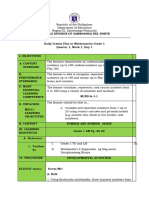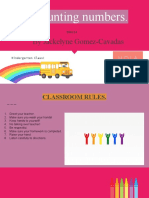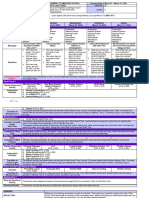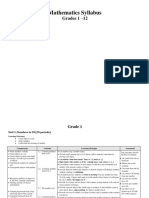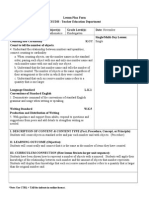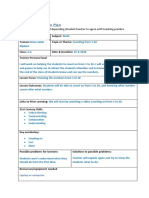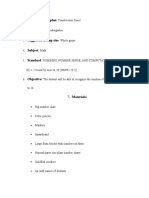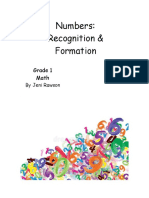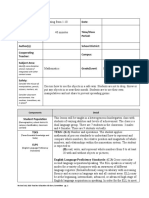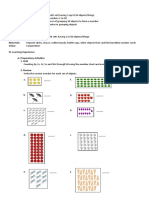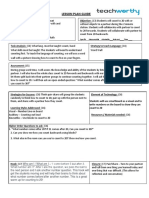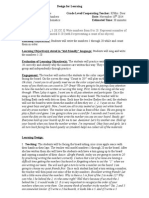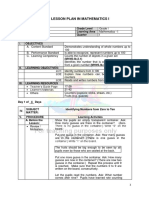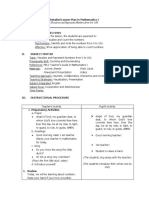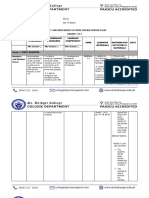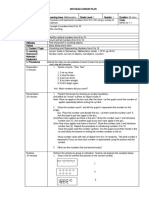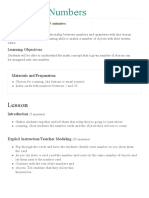Class Note 1: Numbers and Counting
• Objective: Understand and recognize numbers from 1 to 20, and learn basic counting skills.
• Introduction:
o Begin the lesson by explaining the importance of numbers in our daily lives. Use
examples like counting toys, books, or fruits.
o Show a number chart from 1 to 20 and point to each number while saying it out loud.
Encourage the children to repeat after you.
• Activity 1: Counting Objects
o Gather small objects such as blocks, beads, or buttons.
o Have the students count the objects together as a group, ensuring they understand
the concept of one-to-one correspondence (each object is one count).
o Ask individual students to count a small number of objects (e.g., 5 buttons) to check
their understanding.
• Activity 2: Writing Numbers
o Provide worksheets with dotted numbers from 1 to 20 for students to trace.
o After tracing, have them try writing the numbers on their own.
o Walk around the classroom to offer guidance and correct any mistakes.
• Activity 3: Number Recognition Game
o Prepare flashcards with numbers 1 to 20.
o Hold up a flashcard and ask the class to call out the number.
o Mix the cards and play a matching game where students find pairs of the same
number.
• Reinforcement:
o Sing number songs or rhymes, such as “One, Two, Buckle My Shoe” or “Ten Little
Monkeys,” to make learning fun and engaging.
o Use digital tools or apps that offer interactive counting games and activities.
• Homework:
o Assign a simple counting task for home, such as counting the number of steps from
their bedroom to the kitchen or counting how many toys they have.
o Ask students to practice writing numbers 1 to 20 in their notebooks.
• Key Points:
� o Numbers represent quantity.
o Practice writing and recognizing numbers 1-20.
o Understand one-to-one correspondence in counting objects.
• Assessment:
o Conduct a quick quiz where students have to identify numbers shown on the board.
o Have students count out a specific number of objects from a pile and show their
work.









